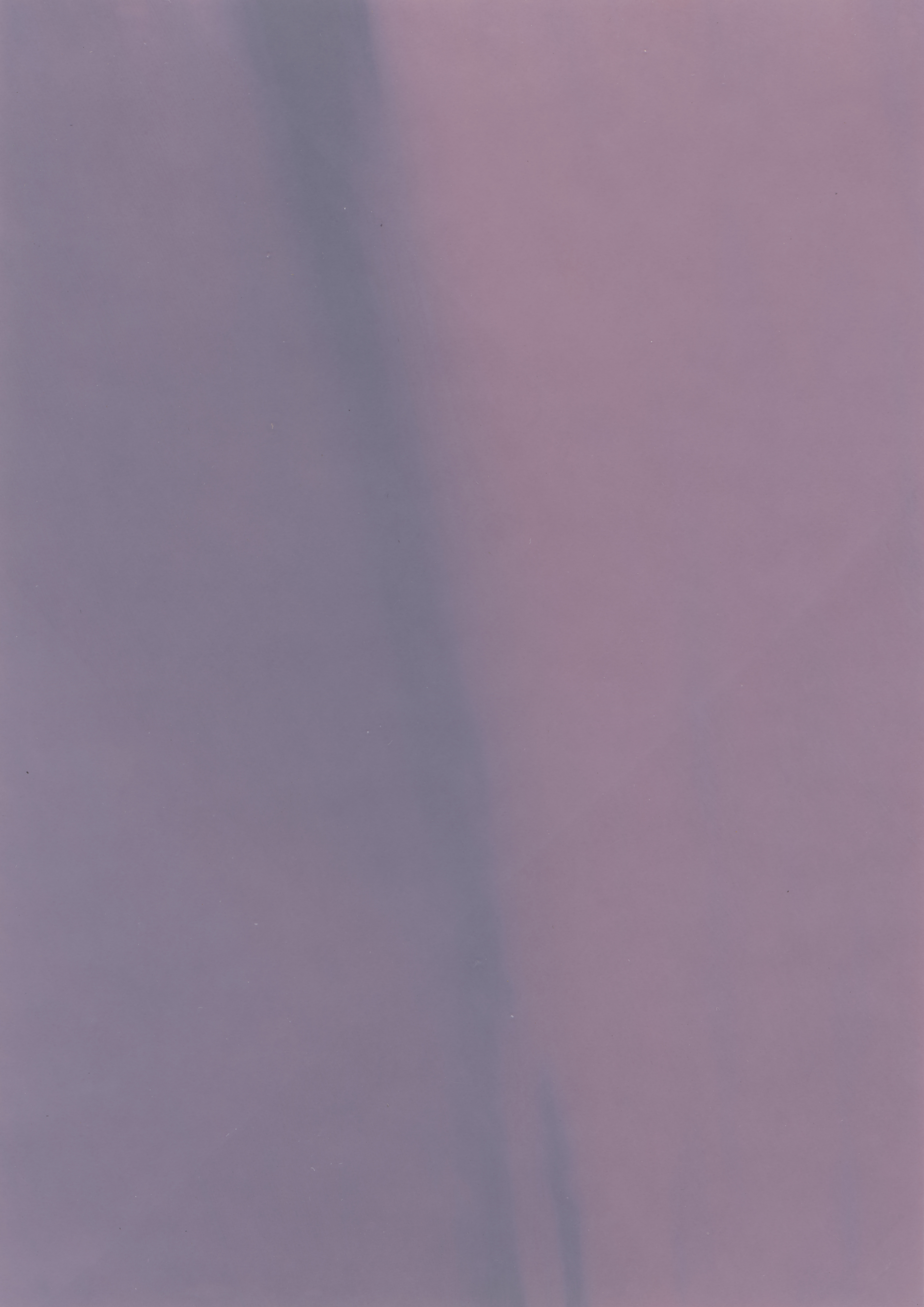First Sweet Truth
2019—2022
Kloster Helfta is a Cistercian convent in Eisleben, Germany, a rural, post-industrial town two hours south of Berlin. In the late 13th century, however, Kloster Helfta was a fertile site of female mysticism. The three mystics of Helfta—Mechthild of Magdeburg, Mechthild of Hackeborn, and Gertrude of Helfta—were prolific writers, a result of the monastic culture at Helfta which encouraged women’s intellectual labor. Their three respective texts, The Flowing Light of the Godhead, The Book of Special Grace, and the Herald of Divine Love, form the single largest body of female mystical literature of the Middle Ages and some of the earliest known writing by women in the West.
Between 2019-2022, I visited Kloster Helfta three times: first, for three days in the summer of 2019, then three weeks in January 2020, before returing and living at the convent for three months in the fall of 2021, with the support of a Fulbright grant. The nine sisters who live at Kloster Helfta today have become my guides, collaborators, and friends. For them, Helfta is still ripe with the presence of God.
Drawing lines between past and present, I turn to the camera—an apparatus long used to conjure the invisible—to touch the wound, as the mystics write. In my photographs, I draw on the metaphors these mystics used—honey, mirrors, knives, breasts—as well as document specific sites, such as an indentation in the wall marking the doorframe where Gertrude had her first vision.
In a digital landscape informed by algorithms and data-driven forms of knowledge, mystical experience inherently defies the logic of our time. In a constant flow of images, we tend to assume seeing is a disembodied act. Our eyes skim, understand, move on. In contrast, I am interested in what this lineage of mystical experience reveals about a kind of seeing that instead gestures towards the flowering of reality and the ineffable found at the edges of our vision.

Untitled (Apple Tree at Kloster Helfta), Archival Pigment Print, 20 in. x 25 in., 2019

Path (03) and Path (12), Silver Gelatin Contact Prints, 10 in. x 8 in., 2022
Somos Art House, Berlin, Germany
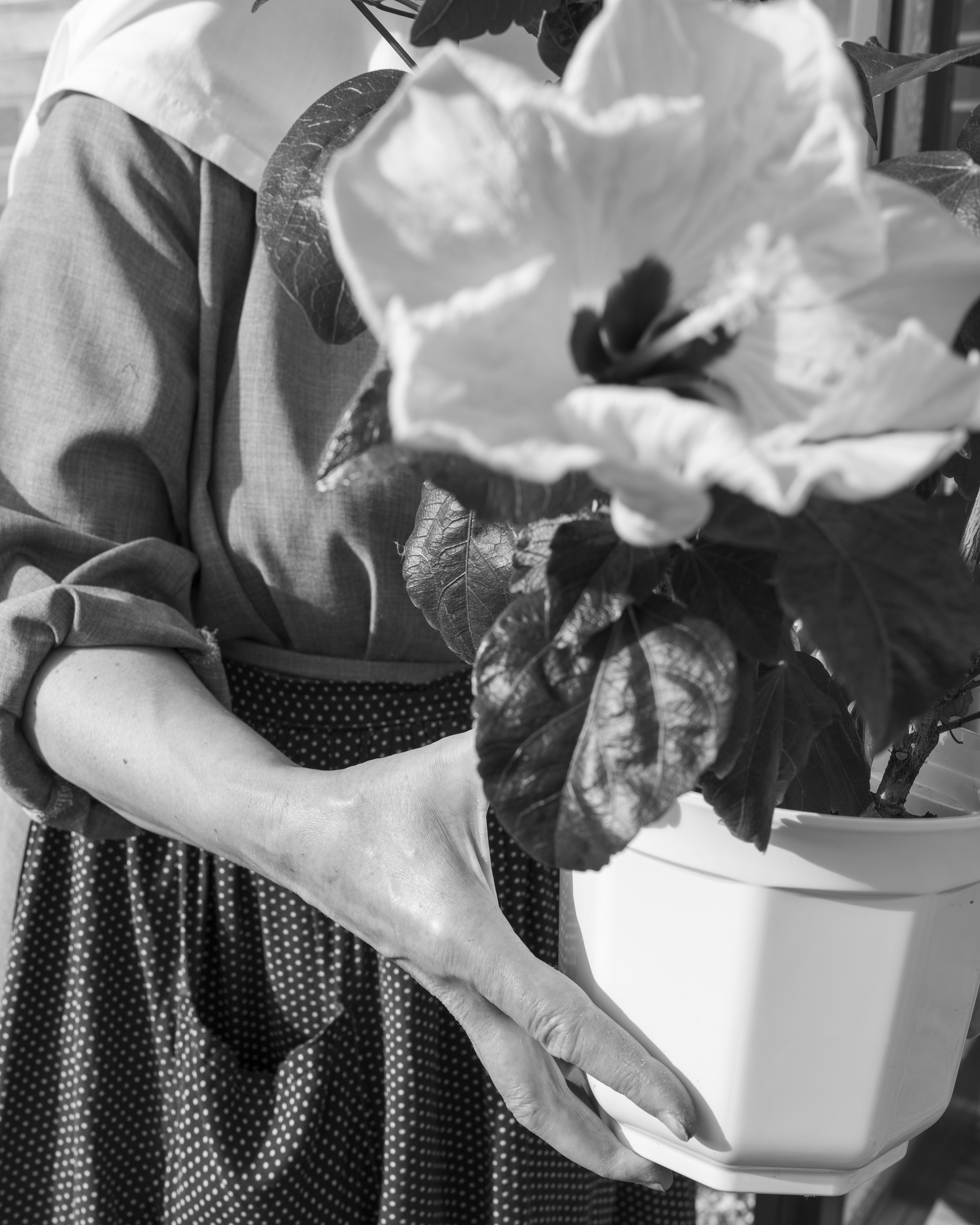
Untitled (Hibiscus), Archival Pigment Print, 3 in. x 4 in., 2021

Untitled (Gate), Archival Pigment Print, 16 in. x 20 in., 2021

Untitled (Wheat), Archival Pigment Print, 16 in. x 20 in., 2021
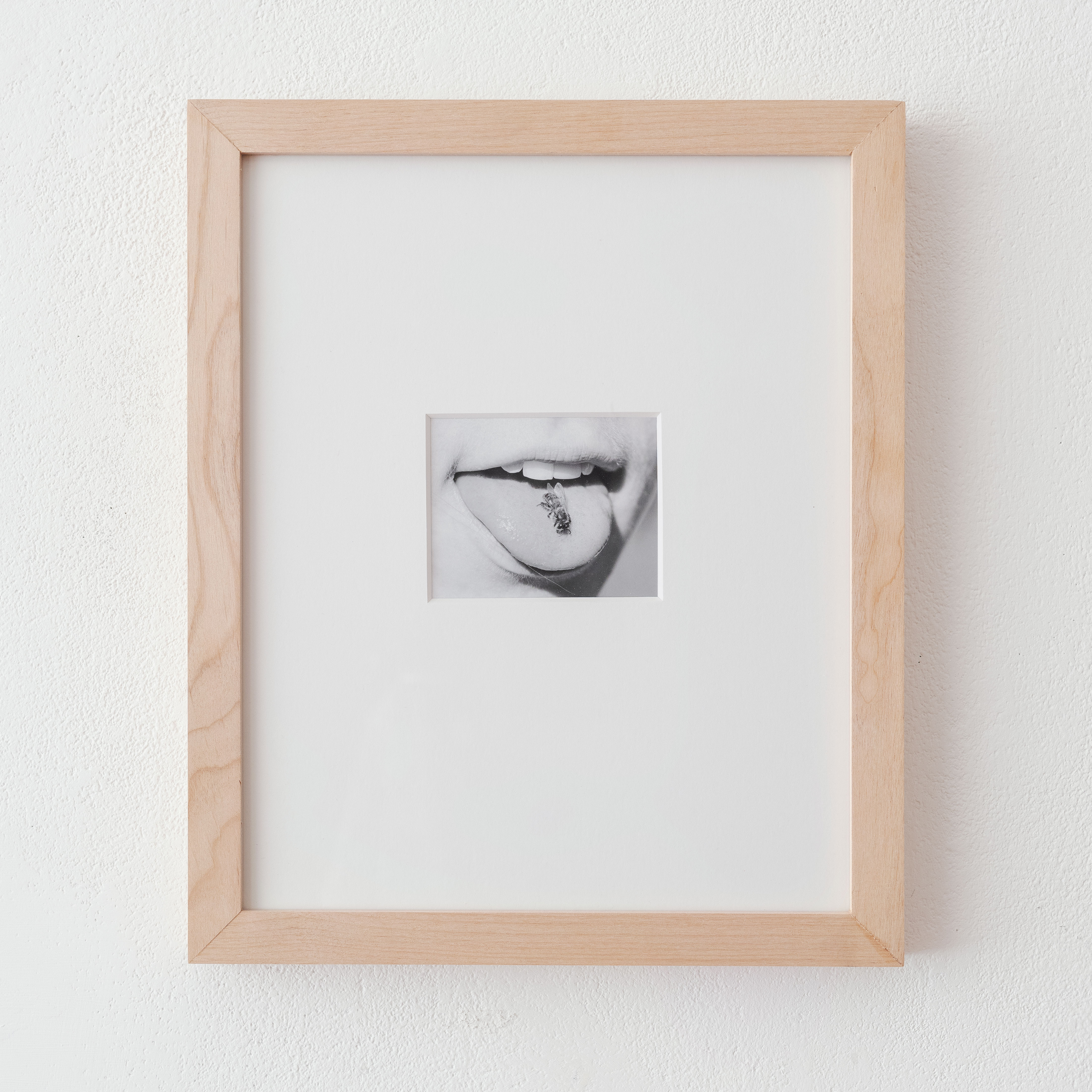
Untitled (Bee in Mouth), Archival Pigment Print in Alder Wood Frame, 10 in. x 12 in., 2020/2022

Untitled (Christ Window), Archival Pigment Print, 12 in. x 10 in., 2021
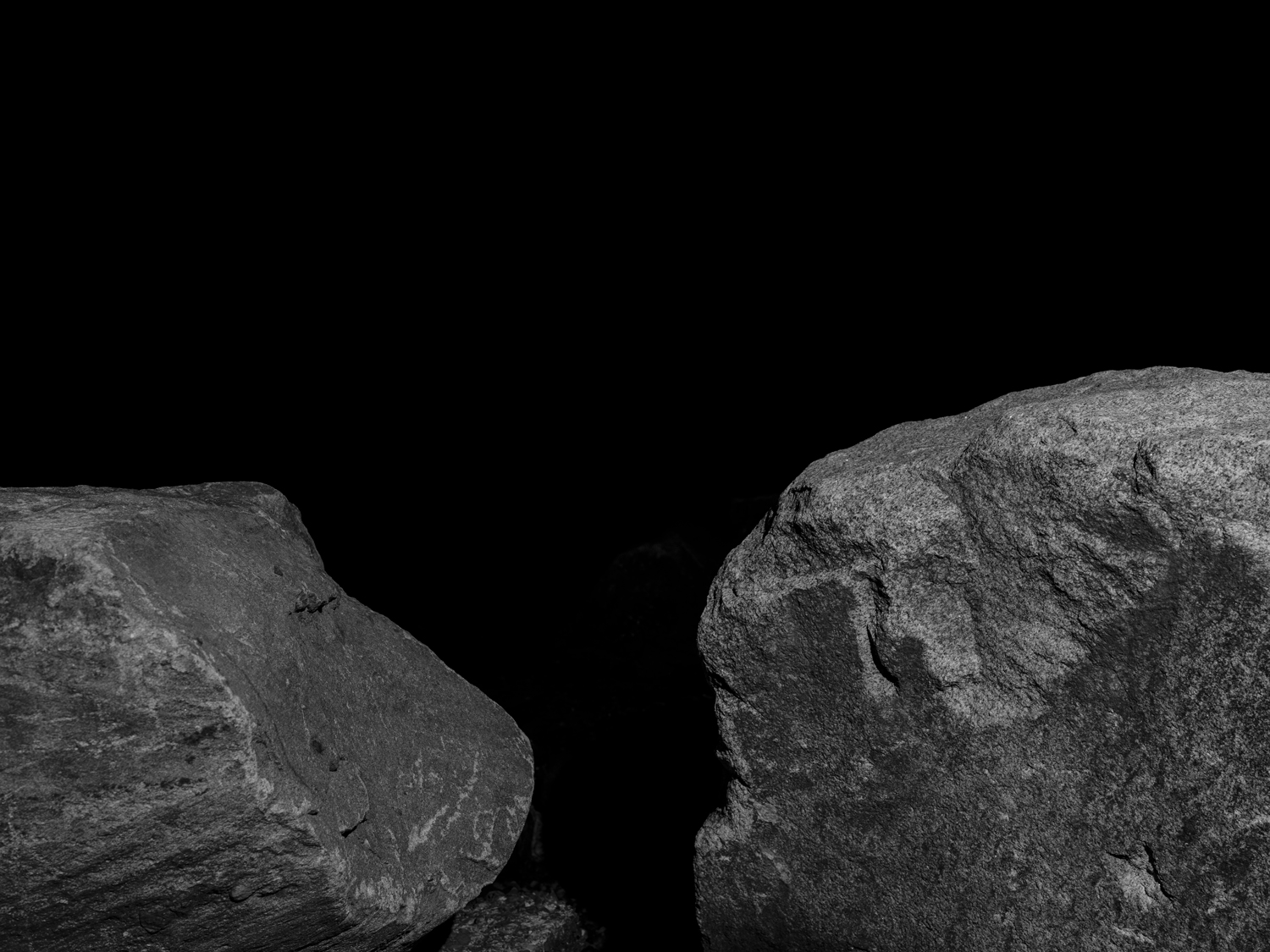
Untitled (Rock), Archival Pigment Print, 4 in. x 3 in., 2020
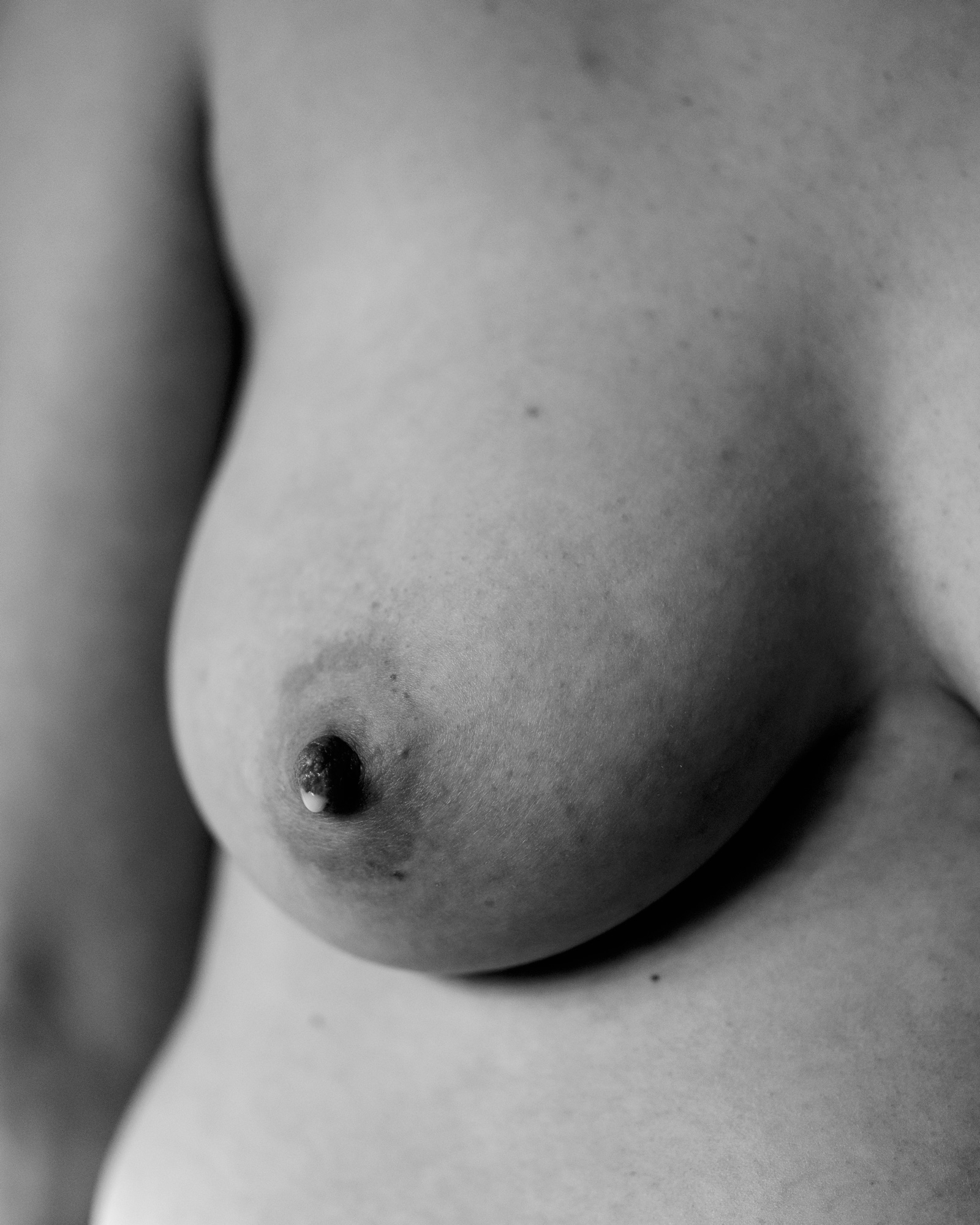
Untitled (Leaking Breast), Archival Pigment Print, 10 in. x 12 in., 2019
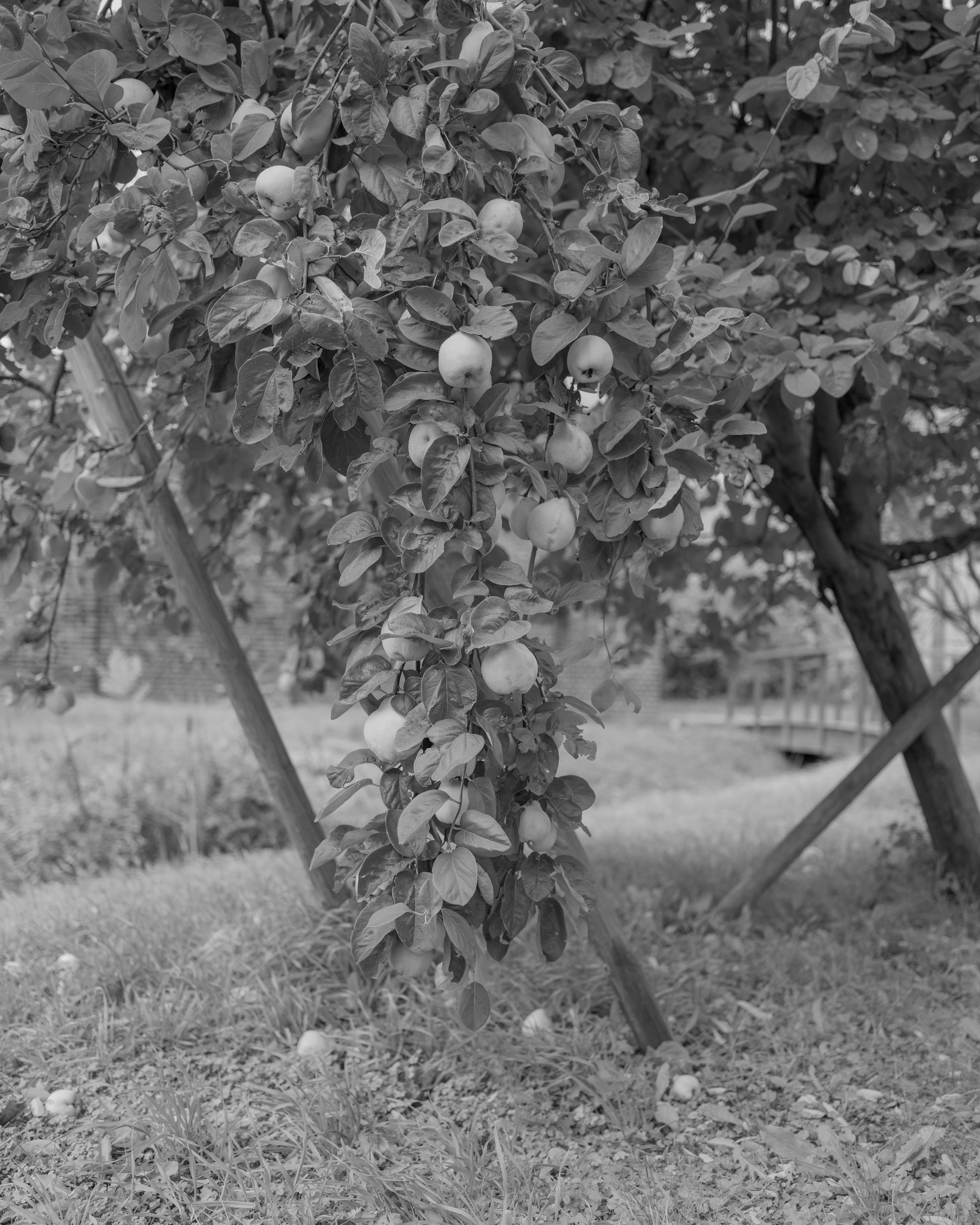
Untitled (Quince), Archival Pigment Print, 16 in. x 20 in., 2021
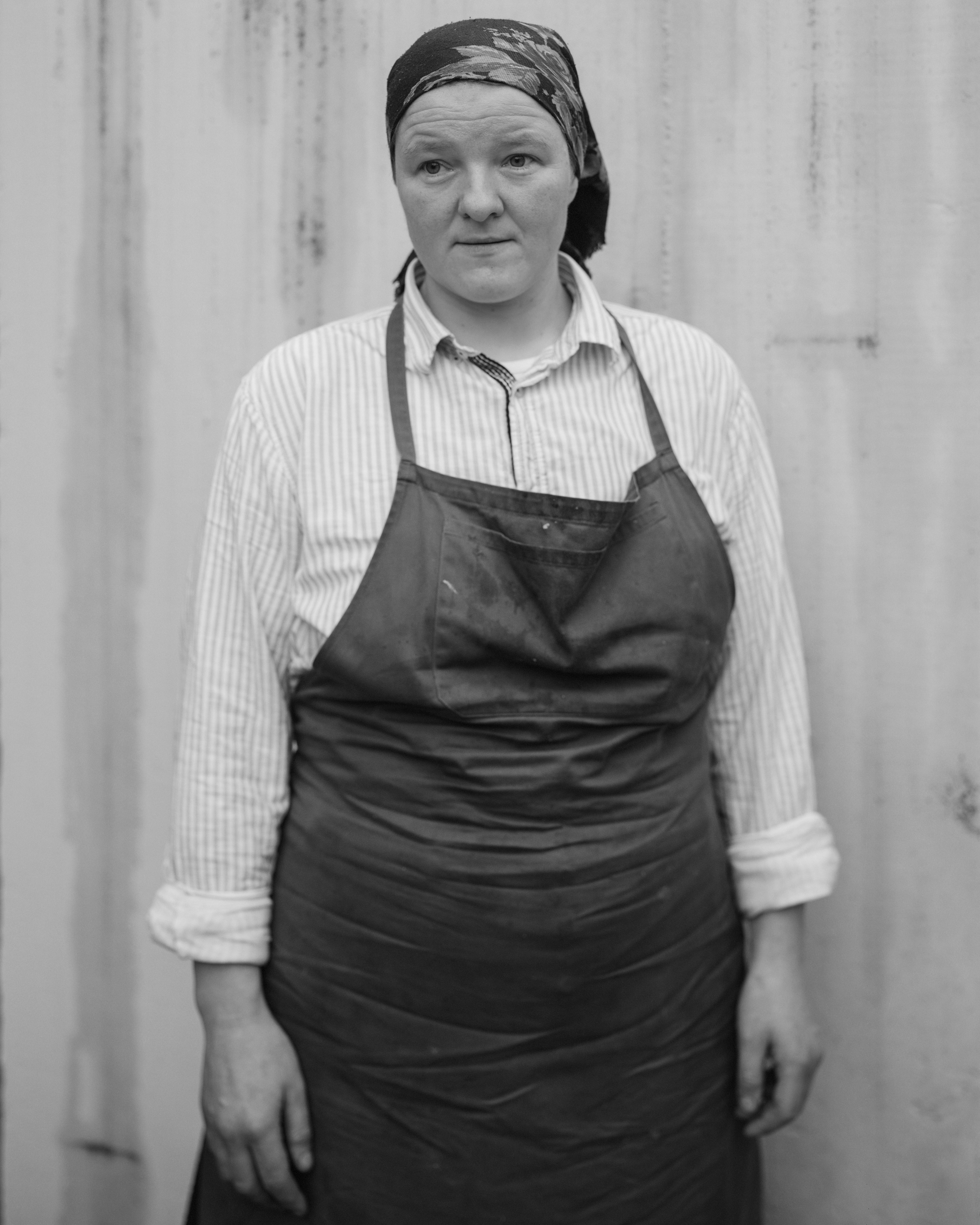
Untitled (Schwester Gertrude), Archival Pigment Print, 16 in. x 20 in., 2020

Untitled (Crypt), Archival Pigment Print, 16 in. x 20 in., 2021
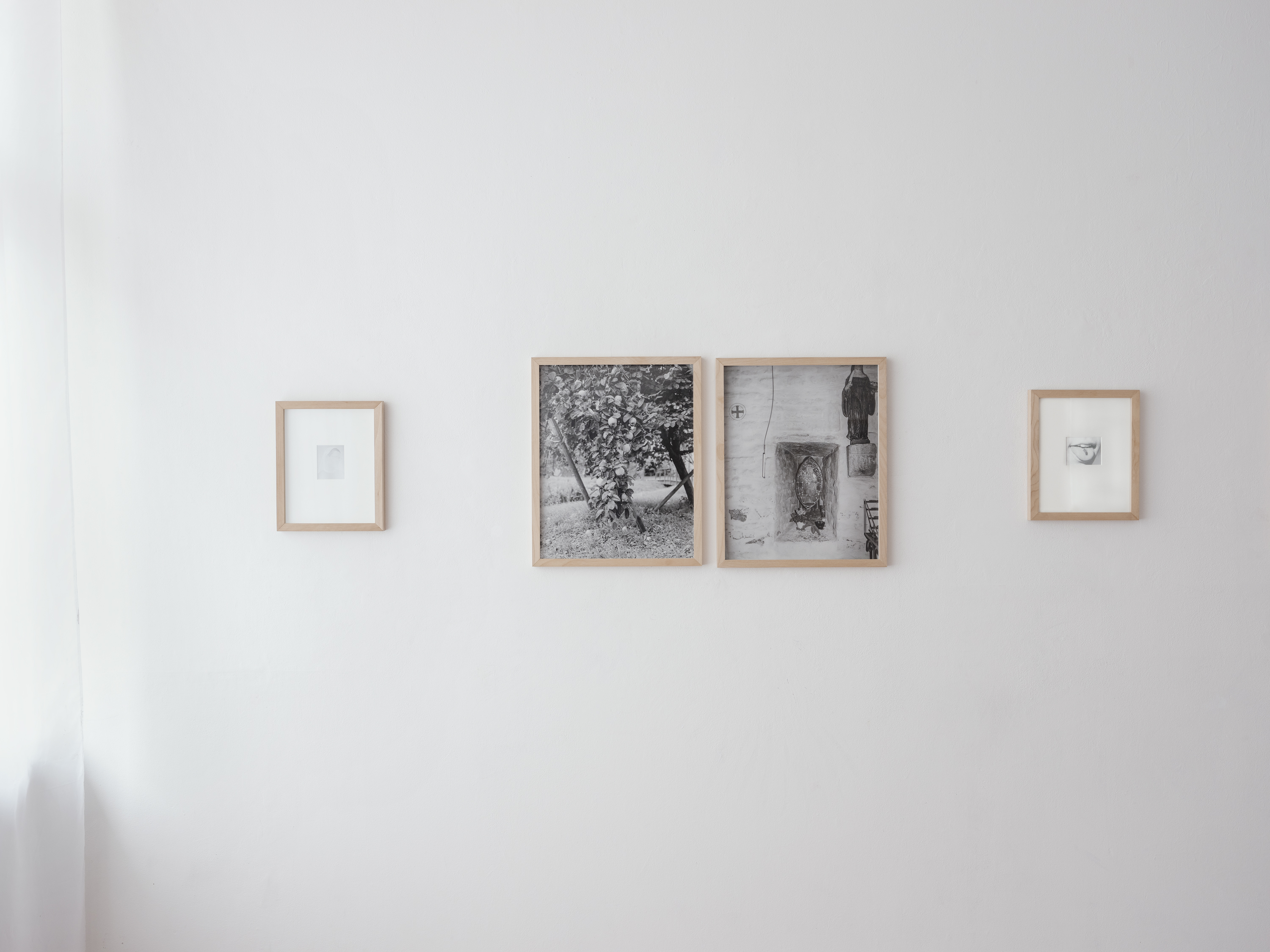
Archival Pigment Prints in Alder Wood Frames
Somos Art House, Berlin, Germany, 2022

Untitled (Mine), Archival Pigment Print, 25 in. x 20 in., 2021

Untitled (Enameled Brooches), Archival Pigment Print, 12 in. x 10 in., 2022

Untitled (Broom), Archival Pigment Print, 12 in. x 10 in., 2022

Untitled (Cut), Archival Pigment Print, 10 in. x 12 in., 2021

Untitled (Schwester Sandra), Archival Pigment Print, 3 in. x 4 in., 2021

Untitled (Gertrude’s First Vision), Archival Pigment Print, 40 in. x 50 in., 2020
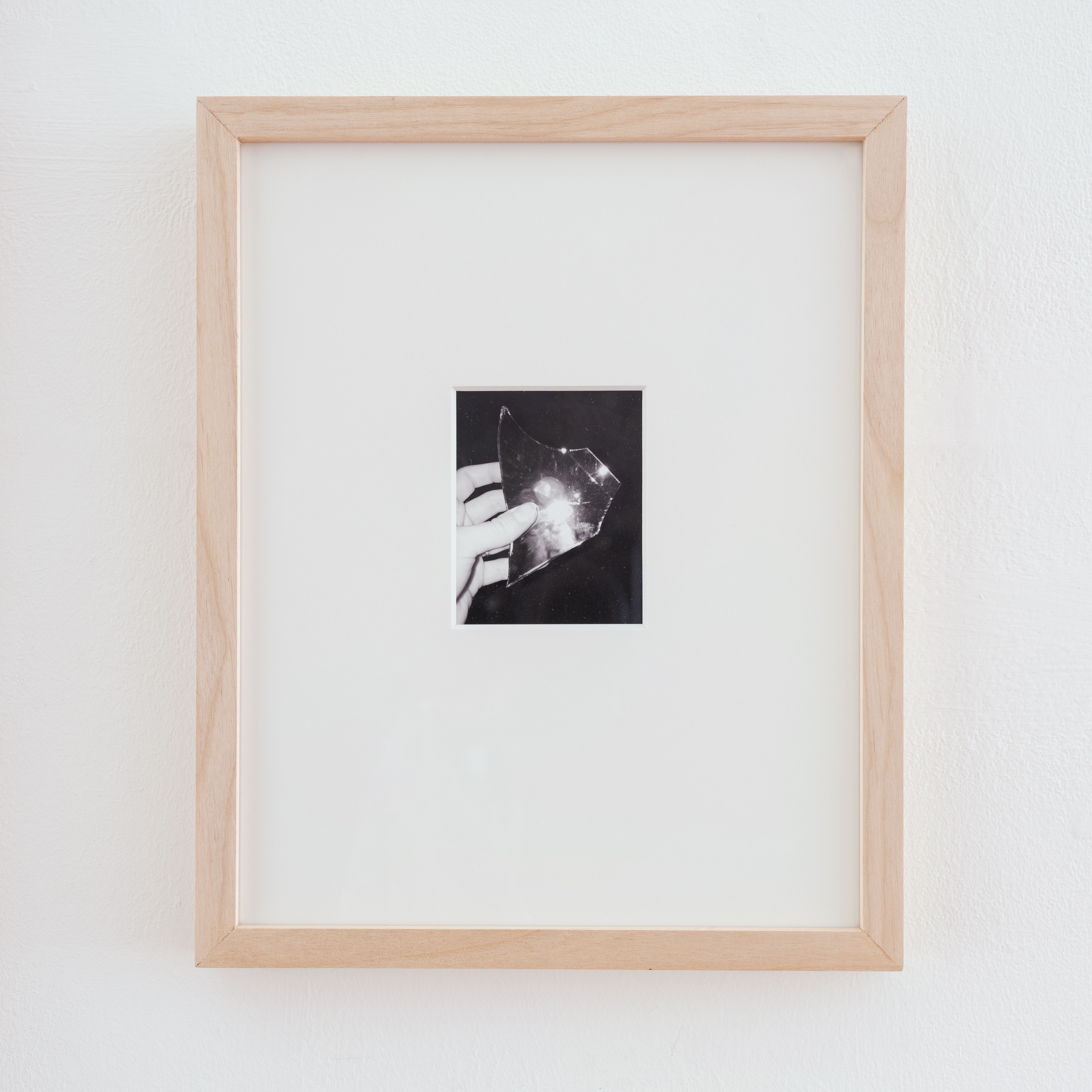
Untitled (Mirror), Archival Pigment Print in Alder Wood Frame, 10 in. x 12 in., 2020/2022

Untitled (Open Heart), Archival Pigment Print, 3 in. x 4 in., 2021

Untitled (Night at Kloster Helfta), Archivel Pigment Print, 25 in. x 20 in., 2021
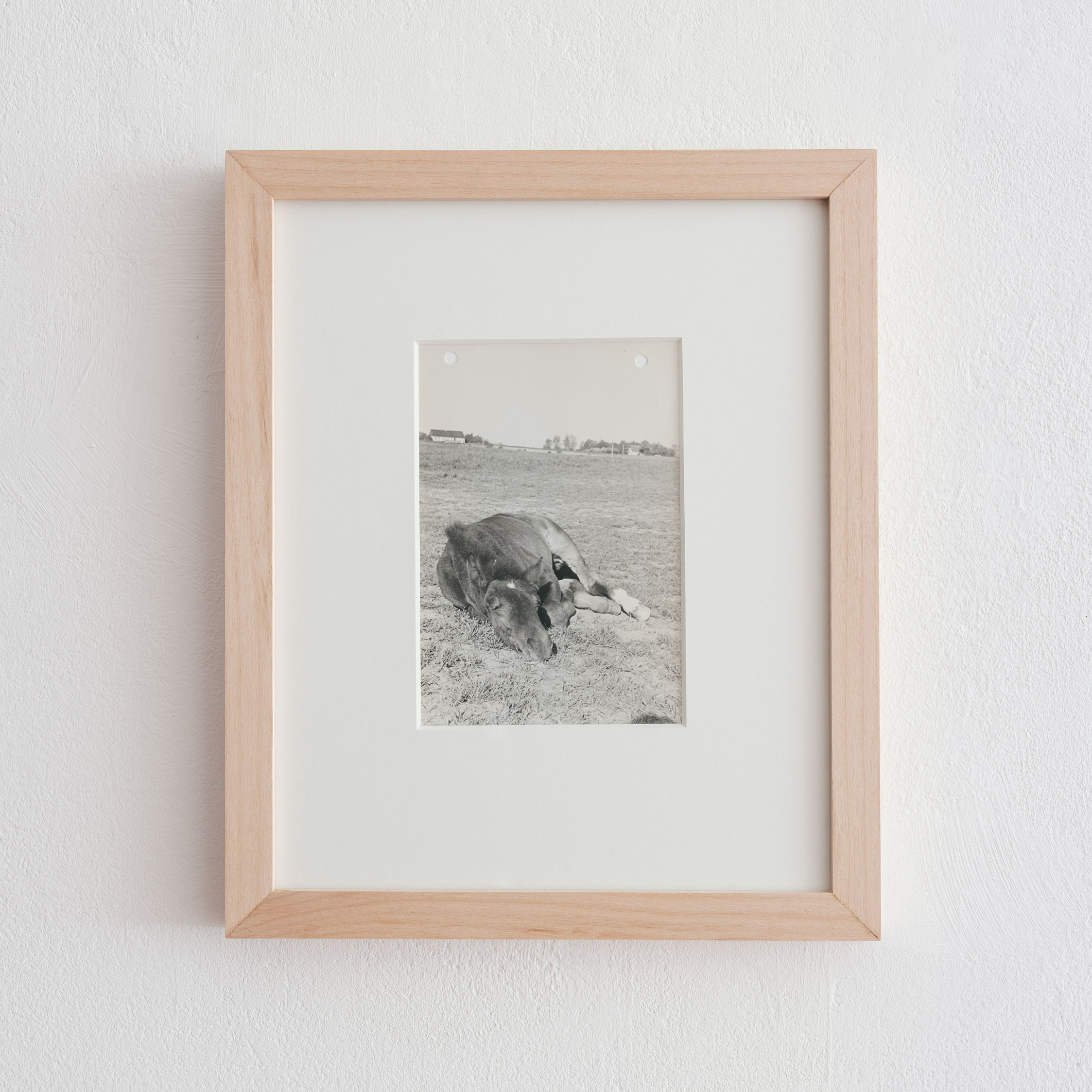
When I See Its Left Ear I Think He Had Heard Me, Silver Gelatin Print in Alder Wood Frame, 10 in. x 12 in., 2022, Original Silver Gelatin Print by Schwester Christiane
︎


Stills from The Desirable Hour, 1-Channel Film, Duration: 6 Minutes, Looped, 2022
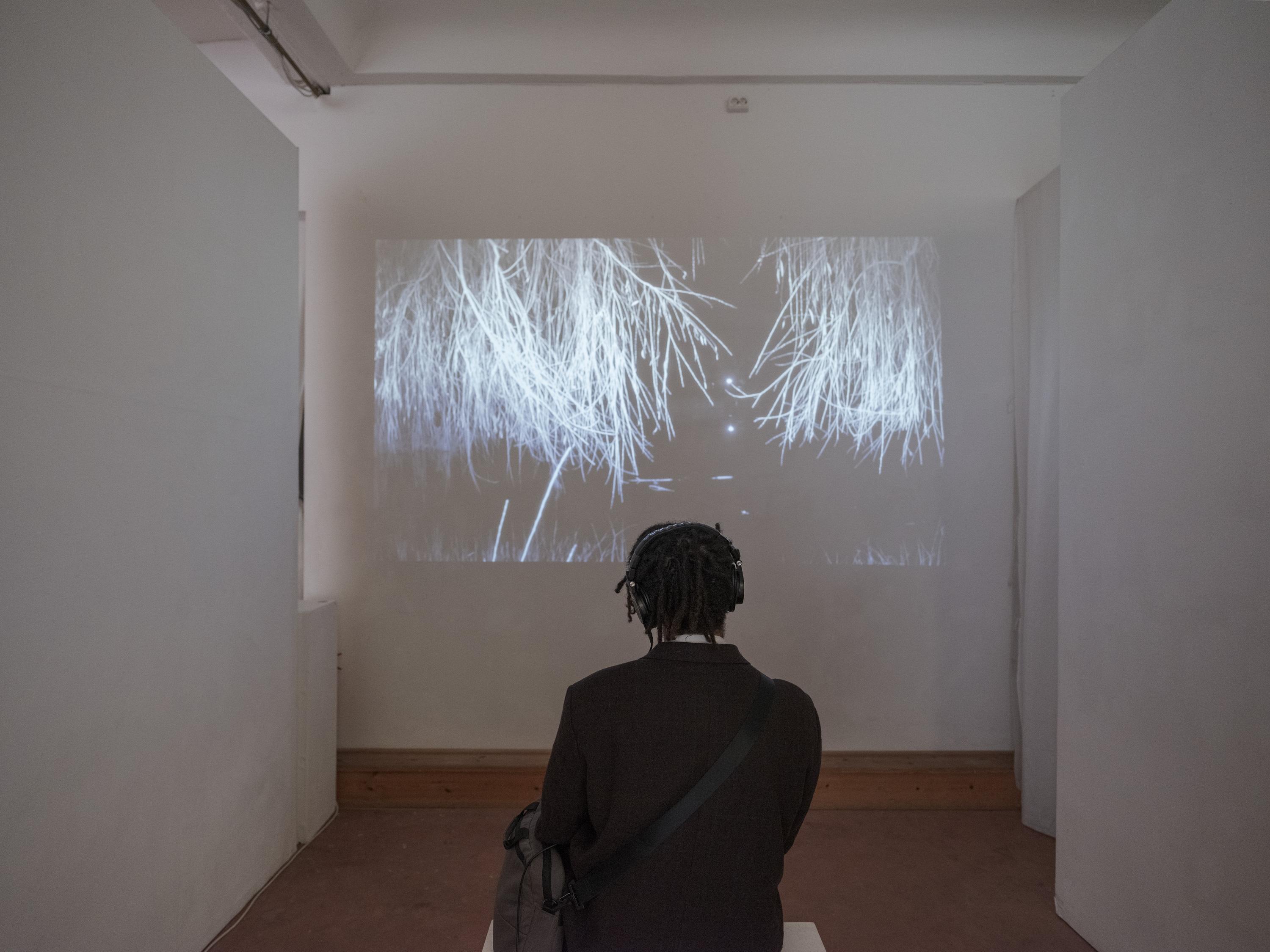
Installaton of The Desirable Hour, 1-Channel Film, Duration: 6 Minutes, Looped, 2022
Somos Art House, Berlin, Germany
︎
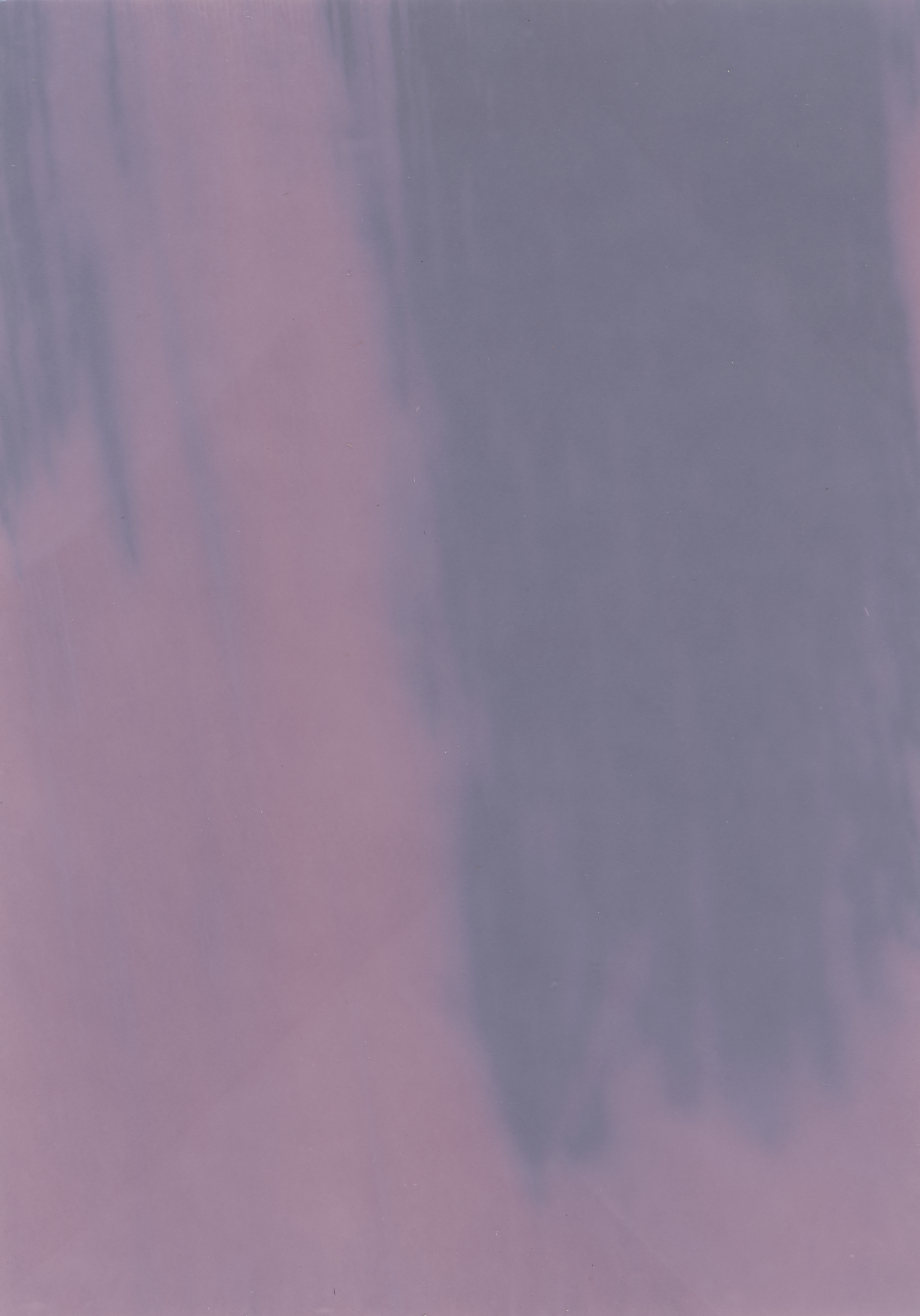
Lumen (32), Archival Pigment Print, 16 in. x 20 in., 2022
